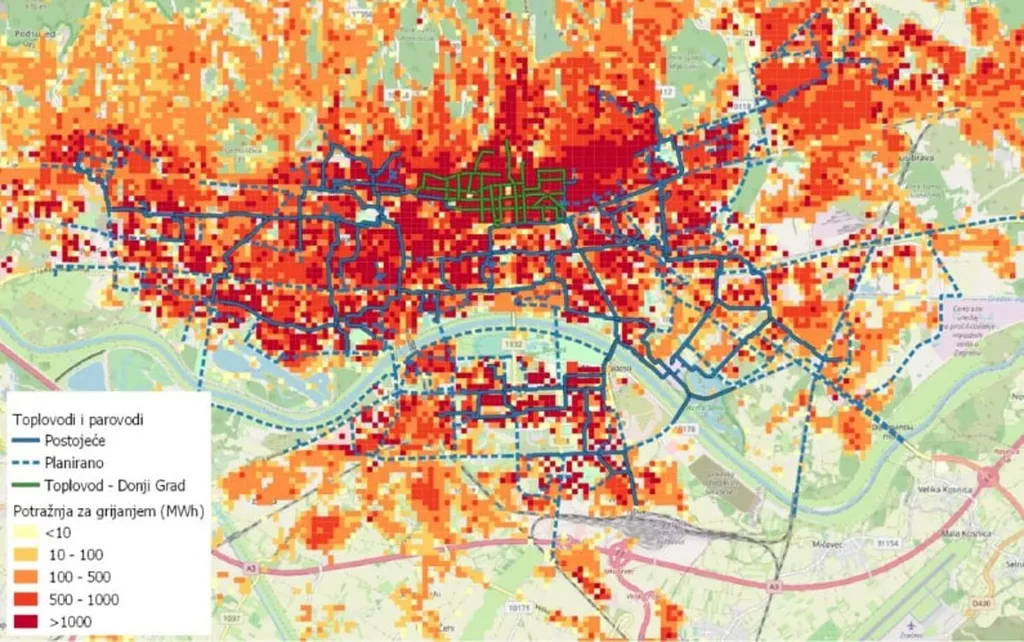In the intricate web of air traffic control (ATC) systems, understanding the root causes of failures or inefficiencies can be as complex as navigating a bustling airport. However, a novel approach developed by researchers at the University of Zagreb is shedding new light on this challenge, with potential implications for other critical infrastructure sectors, including energy.
Agneza Krajna, from the Department of Applied Computing at the Faculty of Electrical Engineering and Computing, has led a team that has successfully identified system topologies and detected causal relationships between servers in ATC systems using raw, unstructured communication logs. Their work, published in the journal ‘Automatika’ (which translates to ‘Automation’), combines process mining techniques with statistical filtering methods to create Directed Acyclic Graphs (DAGs). These graphs enable causal inference, providing a clearer picture of server connections and enhancing the explainability of analysis.
“Traditionally, analyzing unstructured logs has been a daunting task,” Krajna explains. “Our hybrid approach allows us to construct an initial graph using the Heuristic Miner algorithm and then refine it with statistical methods. This not only improves accuracy but also makes the analysis more interpretable.”
The implications of this research extend beyond ATC systems. In the energy sector, for instance, understanding causal relationships in complex networks can lead to more efficient operations, quicker fault detection, and improved maintenance strategies. As energy systems become increasingly interconnected and digitalized, the ability to analyze and interpret vast amounts of unstructured data will be crucial.
The methodology developed by Krajna and her team was tested on both synthetic and real data, demonstrating promising results in analyzing causal relationships. This success opens the door to future developments in root cause analysis, causal discovery, and explainable AI in various industries.
“Our approach provides a foundation for more sophisticated causal inference techniques,” Krajna notes. “As we continue to refine these methods, we expect to see significant advancements in how we understand and manage complex systems.”
The research published in ‘Automatika’ marks a significant step forward in the field of causal discovery. By making the analysis of unstructured logs more accessible and interpretable, it paves the way for more robust and reliable systems in critical infrastructure sectors. As the energy sector continues to evolve, the ability to uncover causal relationships will be instrumental in ensuring efficiency, reliability, and safety.

